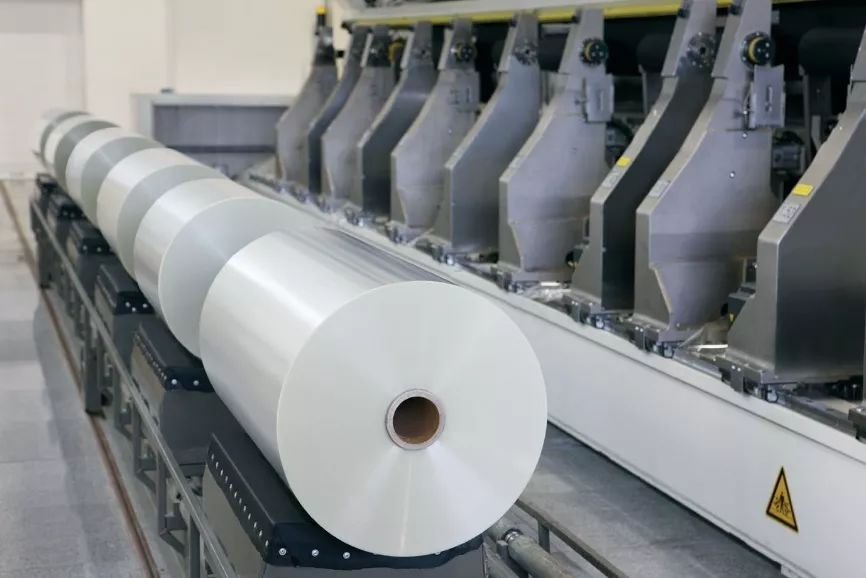
Rise of PET Sheets: Opportunities and Challenges Coexist in the PET Industry
PET sheet refers to a kind of sheet-like material made from PET resin chips using particular processing methods. In order to create PET sheets, PET resin chips are heated, melted, extruded, cooled, and through other processes during the production process.
PET sheets have superior physical and chemical properties.
PET sheets function mechanically well and are good at withstanding heat and chemical corrosion as well as providing electrical insulation. PET sheet is a smooth, shiny, high-quality sheet with an easy-to-process, environmentally friendly, visually appealing, and durable texture that is used extensively in many different fields.
PET sheet has a wide range of applications
PET sheets are widely used in a wide range of industries, including the production of furniture, architectural decoration, electronic goods, automotive interiors, packaging, advertising, transportation, and medical equipment. PET sheets are essential in high-tech industries like new energy, aerospace, and rail transportation because of their exceptional qualities.
In conclusion, PET sheets are preferred materials in many industries due to their versatility, durability, and friendliness to the environment. PET sheets' range of applications will continue to grow as a result of ongoing advancements in production technology and rising consumer demand.
Market overview of PET sheets
With the ongoing advancements in production technology, the broadening scope of applications, policy support, and the exceptional performance of PET sheets, PET has been progressively gaining market share and attention in recent years.
PET sheets are becoming more and more marketable, as evidenced by robust consumer demand, steady market growth, intense competition, price volatility, a supportive regulatory environment, and increasing industry chain integration. The development prospects for PET sheets are extremely promising in the future due to ongoing technological innovation and the steady growth of the market. The PET sheet market will continue to grow quickly and revitalize a number of industries, including green building, home décor, and application areas. Its growth will be fueled by factors such as policy support, brand competition, industry chain integration, and market demand.
The impact of the development of PET sheet on the polyester chip industry
The development of PET sheets has presented the PET industry with both new opportunities and challenges, which are primarily evident in the following areas:
(1) Growing market demand: As PET sheet's uses in more and more industries spread, so does the need for PET sheet, which is progressively rising. The PET resin industry will benefit from increased market opportunities as a result, which will encourage capacity expansion and higher production.
(2) Product structure optimization: As PET sheets are developed, the PET resin industry will be able to optimize its product structure. Companies must conduct research and develop PET chips with various qualities, such as high transparency, high toughness, and antistatic properties, in order to satisfy the demands of various application fields. Prominent polyester manufacturers, including Wankai New Materials Co., Ltd., have stepped up their R&D and have created heat-resistant PET chips based on technology, high-transparency PET chips, EPET pearlescent chips, etc. This boosts the profitability of businesses and raises the added value of PET resin.
(3) Technological advancement: The advancement of PET resin production technology hase been propelled by the development of PET sheets. Companies must introduce new technologies and equipment to improve production efficiency and product quality in order to meet the continuously growing market demand. Simultaneously, there will be increased technological collaboration and interchange between companies further upstream and downstream in the industry chain, fostering industry-wide technological advancement.
(4) Industry chain cooperation: The coordinated growth of the PET resin industry chain is facilitated by the development of PET sheets. In order to lower production costs and boost overall competitiveness, upstream and downstream businesses can better collaborate and integrate resources. Companies can improve their risk resistance and respond to market risks by collaborating with one another in the industry chain. This encourages the growth of the polyester sector even more.
(5) Green and environmental protection: The PET resin industry is subject to stricter environmental regulations as a result of the development of PET sheets. Businesses must spend more in the development of green production technologies, as well as cut back on energy use and pollution emissions during the manufacturing process. By doing this, environmental risks will be decreased and the PET resin industry's environmental quality will be raised.
(6) Intensified industry competition: With the continuous expansion of the PET sheet market, more companies are entering this field, leading to increasingly intense market competition. This will prompt PET chips manufacturers to increase research and development investment, improve product quality, and optimize product structure in order to seize market share.
In conclusion, the PET resin industry faces both new opportunities and challenges as a result of the development of PET sheets. Manufacturers of PET chips should take advantage of market openings, enhance technological innovation, industry chain cooperation, environmental consciousness, and product quality, and adapt to a more competitive market. In order to maintain the industry's healthy and sustainable growth, businesses must simultaneously actively respond to industry regulations and pay attention to policy guidance.


